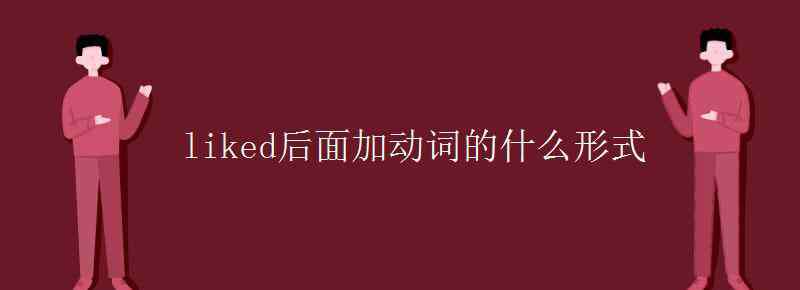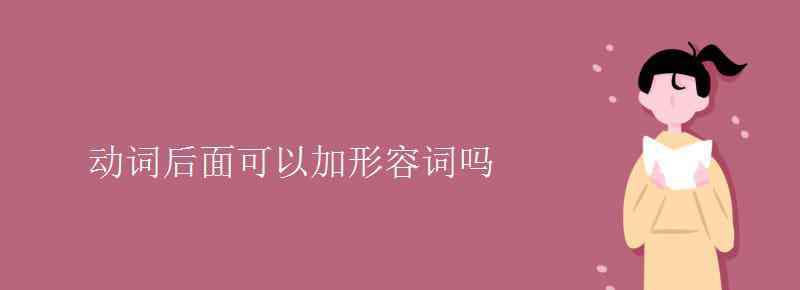二者时态不同,is是一般现在时态,was是过去时态。二者用法不同,“现在时间”用is,“过去时间”用was。be动词的形式有am,is,are,been,being,was,were。

be(be/is/are/am/was/were)[bi:]vi
he is, we are, you are, they are (缩略式 I"m, you"re, he"s, we"re, you"re, they"re), (否定缩略式 I"m not, isn"t, aren"t), 过去时 I was, you were, he was, we were, you were, they were (过去时否定缩略式 wasn"t, weren"t),过去分词been,现在分词being
“Be”除了原形的“be”之外,还有另外七种形式:am, is, are, been, being, was, were.
在句子中,“be”可以是主动词(The Principal Verb)或助动词(The Auxiliary Verb)
例句对照
当做主动词时,“be”在性质上属于接系动词(The Linking Verb), 后面要有名词、形容词、地方副词或短语作补足语(The Complement)。例如:
The man is a science teacher.
这个男子是一位科学教师。
Mary"s new dresses are colourful.
玛丽的新衣服色彩鲜艳。
I have been there before.
我以前去过那里。
My mother is in the kitchen now.
我妈妈现在在厨房里。
这四个都是陈述句,可以变成疑问句,方法简单,把主语和“be”或助动词对换位置即可:
Is the man a science teacher?
Are Mary"s new dresses colourful?
Have I been there before?
Is mother in the kitchen now?
1.《was的原形 was和is的区别》援引自互联网,旨在传递更多网络信息知识,仅代表作者本人观点,与本网站无关,侵删请联系页脚下方联系方式。
2.《was的原形 was和is的区别》仅供读者参考,本网站未对该内容进行证实,对其原创性、真实性、完整性、及时性不作任何保证。
3.文章转载时请保留本站内容来源地址,https://www.lu-xu.com/jiaoyu/572775.html







